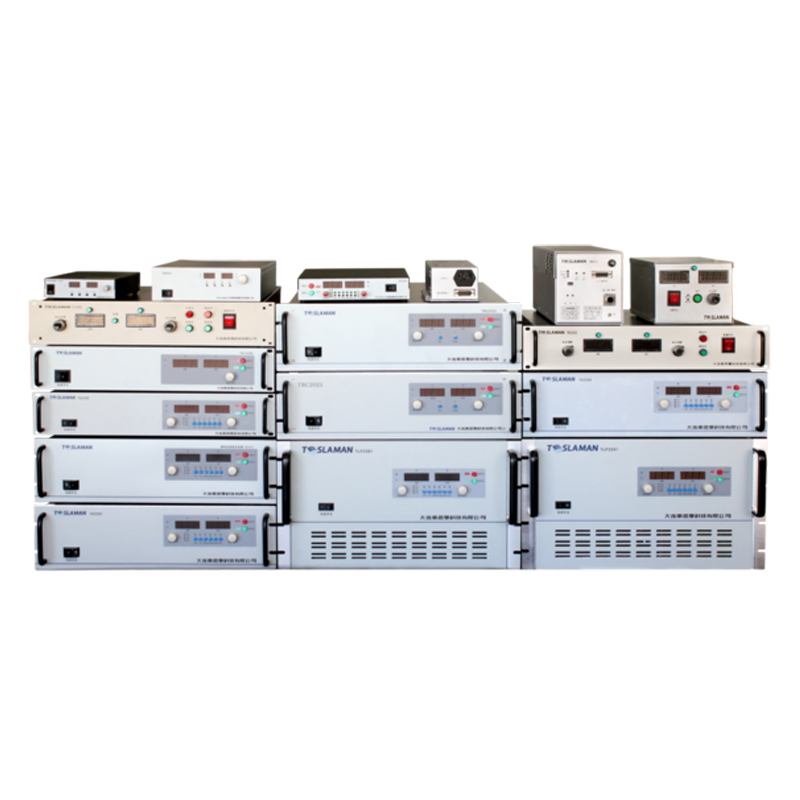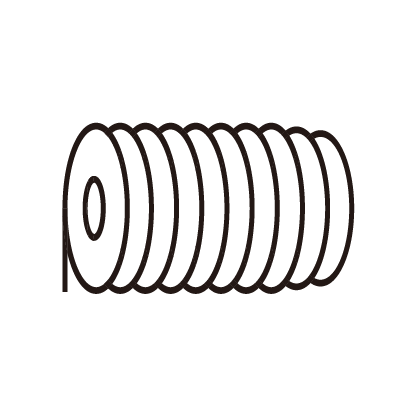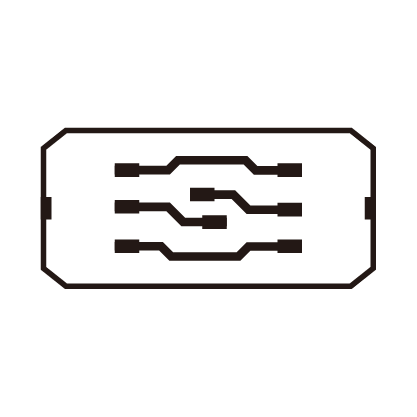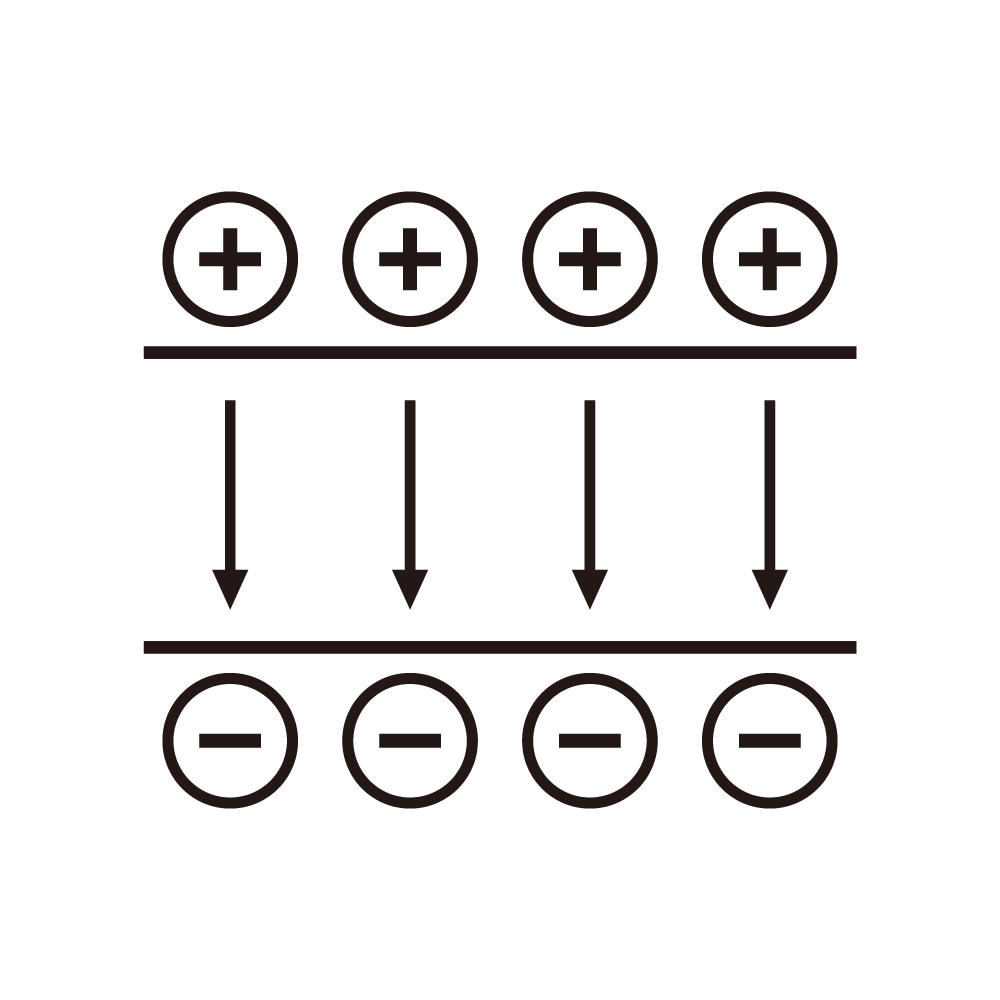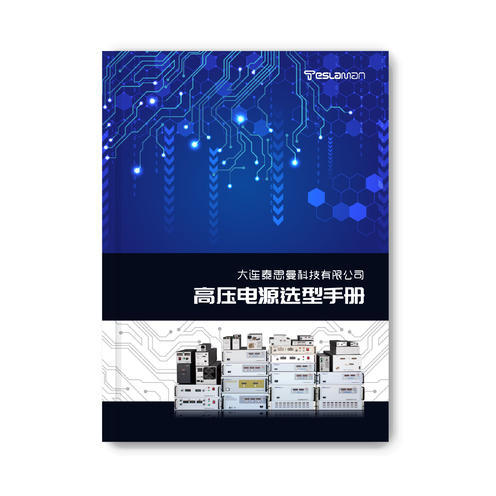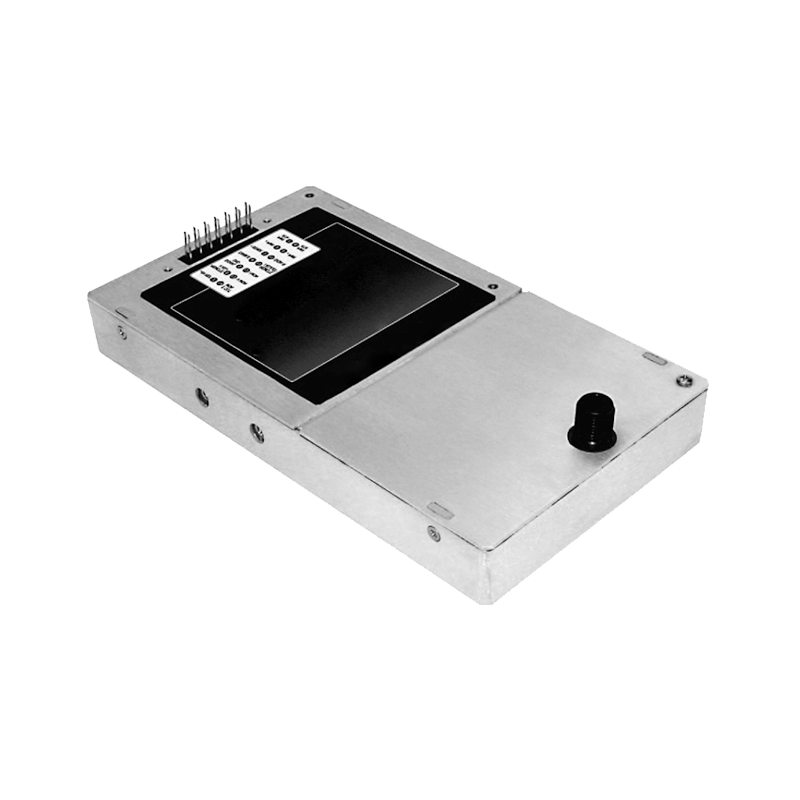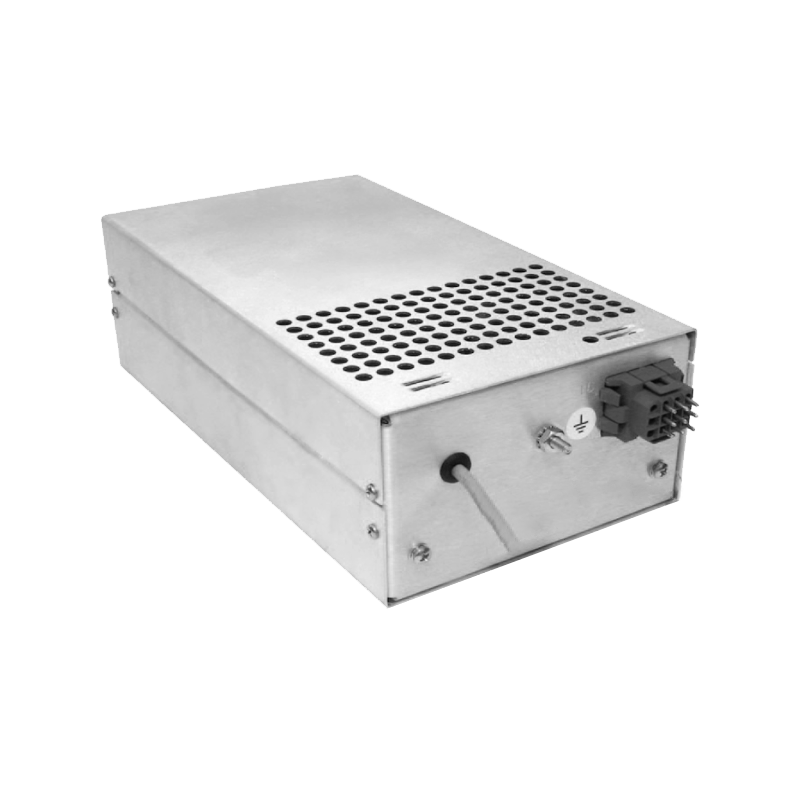Strategies for Enhancing Electromagnetic Pulse Interference Resistance of Power Supplies
Introduction
Electromagnetic Pulse (EMP) poses a significant threat to high-voltage power supplies, as it can induce transient overvoltages and overcurrents, leading to component damage, performance degradation, or even complete system failure. In industrial, aerospace, and power grid applications, improving EMP resistance is crucial for ensuring the stable operation of power supply systems.
Technical Strategies
Firstly, electromagnetic shielding is a foundational measure. Adopting multi-layer shielding structures—combining high-conductivity materials (e.g., copper-nickel alloys) for reflecting EMP and magnetic materials (e.g., permalloy) for absorbing magnetic components of EMP—can reduce the penetration of EMP into internal circuits by over 90%. The shielding enclosure should be designed with minimal gaps and optimized seam bonding to avoid EMP leakage through discontinuities.
Secondly, surge protection devices (SPDs) are integrated into the power supply’s input and output stages. Transient Voltage Suppressor (TVS) diodes and Metal-Oxide Varistors (MOVs) with fast response times (≤1ns) and high energy absorption capacities (≥10kJ) are selected to clamp transient overvoltages to safe levels. Additionally, EMI filters with customized cutoff frequencies (matching the dominant frequency range of EMP, typically 1kHz–1GHz) are installed to attenuate high-frequency EMP components, reducing their impact on sensitive components like voltage regulators and capacitors.
Thirdly, software-based adaptive protection algorithms are developed. Real-time EMP detection sensors (e.g., electric field sensors) monitor the electromagnetic environment. Once an EMP is detected, the algorithm quickly triggers protective actions—such as disconnecting non-essential circuits or adjusting the operating parameters of power conversion modules—to minimize energy absorption by critical components.
Application Verification
In a simulated industrial EMP environment (conforming to IEC 61000-4-23 standards), a power supply optimized with the above strategies showed a voltage fluctuation range of ±1.2% (compared to ±5.8% for the unoptimized version) and no component damage after 50 consecutive EMP tests. This confirms the effectiveness of the strategies in enhancing EMP resistance.
